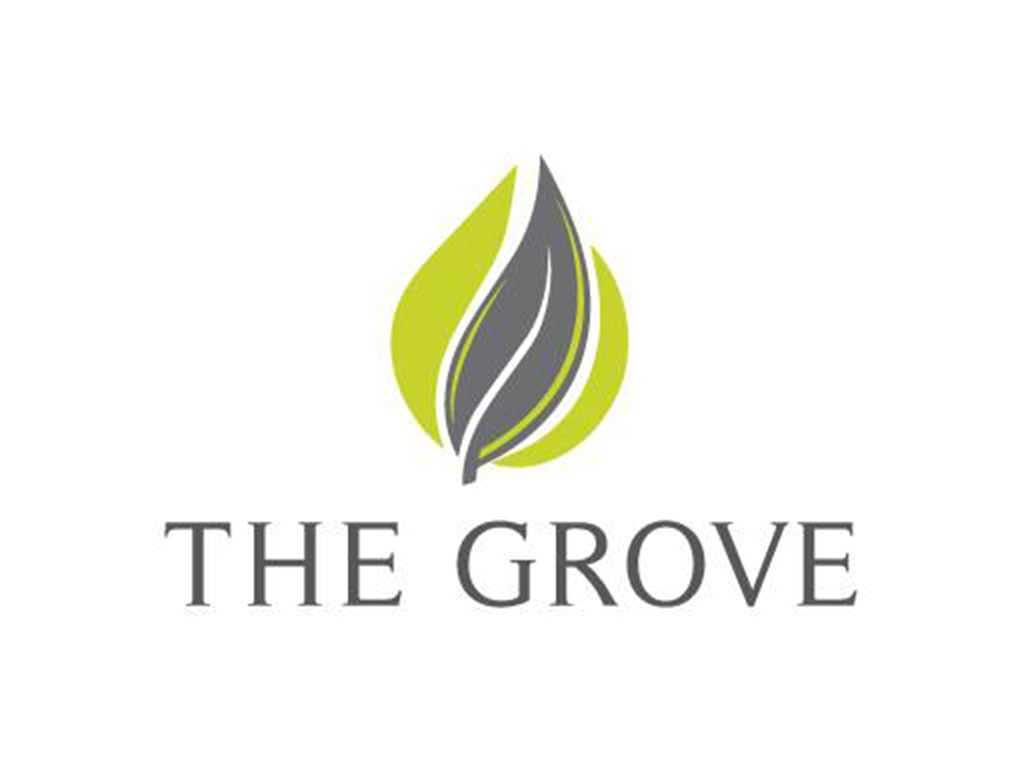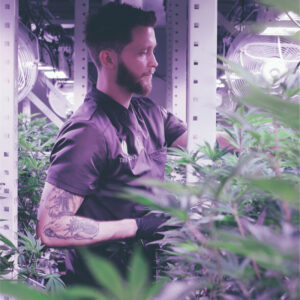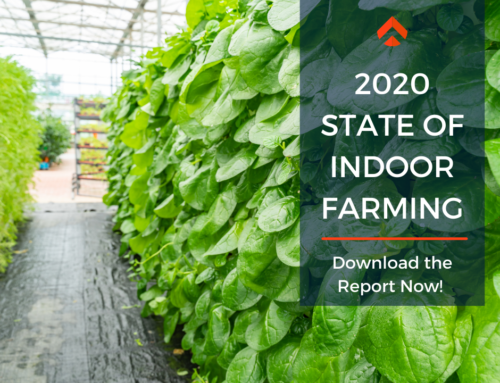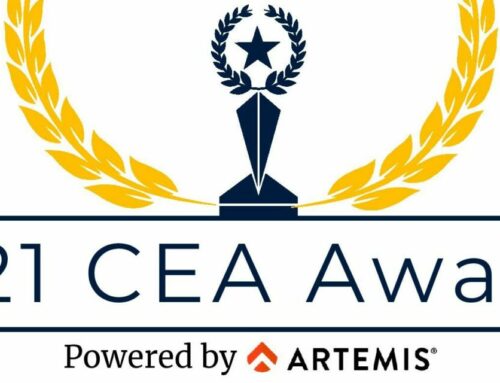In this article, Travis Merchant interviews Mike Howard, Director of Cultivation from The Grove, a vertically integrated cannabis company located in Las Vegas, Nevada about his industry journey and what he’s working on with his cultivation team.
Travis: Hi Mike, thanks for taking time out of your extremely busy schedule to chat today and share with our readers some of the exciting things you’re working on. Let’s jump right in – please tell us, what is The Grove?
Mike: The Grove is a vertically integrated cannabis company based in Las Vegas, NV. We hold a production, cultivation, two retail and a distribution licenses. We are everything all in one house.
Travis: Tell us a little bit about your wacky journey in the cannabis industry and how you landed at The Grove?
Mike: Yeah, I was looking into being a part of this industry, like a lot of people do, through some sort of activism. Funny, I remember calling the Chicago NORML one time and I just got scared and I hung up. This was probably like 10 years ago. I was working for a company called Aerostar Global Logistics. We did most of the supplying for bio bizz and Advanced Nutrients before they had become huge like they are today.
Basically I started developing relationships with growers from back then. That was when Oregon was legal and places in California were legal. From over 10 years ago, I just started to try to figure out exactly what they were doing and how they were using the products I was shipping. Loosely I started to integrate into the industry by networking and socializing with the people who were actually doing it. So, that kind of sparked my interest. Before that I was in college and began researching how to grow. I mean, I have researched how to grow for 10 years before I ever touched the plant. I read forums online nonstop.
But moving forward… After I got through college, I was working for Aerostar Global Logistics location in Dallas after moving from their Chicago location. As I progressed in the company, I started doing ocean transport and because I was no longer dealing with anything cannabis, I basically lost interest. I joined DFW NORML and started looking for an outlet to get back into the industry in Texas; which is not easy as I’m sure, you know.
Being in Austin, there’s probably a little bit more opportunity and openness about the subject, but Dallas seemed kind of restricted on where to go. So, I started researching. I found key players who were trying to do stuff in Texas. I started being more active in DFW NORML and going to tradeshows. I think the first trade show I went to was the Southwest Cannabis Conference, Fort Worth, where I actually met you and Patrick Moran in person for the first time!
Travis: That’s right!
Mike: So, that’s actually when I first saw The Grove. It was on that presentation video screen, which was awesome! I had made some familiar connections with the people I saw on that video before and was familiar with Autopot and Heliospectra. I just remember, watching you guys at the time, and I was waiting and trying to go up and talk to you. Dan Gulliver from AutoPot was there too; it was great! So, I’ve met a lot of people which I’m obviously still in contact with today.
Looking back, I remember thinking, I don’t know how to dress for this, I didn’t know what to wear. It was my first convention; it was in Texas. It was kind of strange, but It further piqued my interest and solidified that this is a field I wanted to get into. So that was my trajectory.
My Wife and I decided on Las Vegas as the place where we both could prosper in our chosen careers, I mean, they just went legal I think in July and we moved there shortly after. So basically, I was going to Las Vegas with my resume and nothing really on it reflective of the cannabis industry- Trying to apply as a budtender – Just anything to get my foot in the door. Las Vegas is kind of a closed industry, so you have to really know people and I was really trying to get in.
I had people who wouldn’t even look at my resume who said; if I didn’t have experience, they didn’t even want to see it.. Eventually I got hired as an overnight budtender at The Grove. As I was working in processing at the cultivation facility, Kevin the previous Director of cultivation walked in. I wanted to get into cultivation right away, but they weren’t hiring for that. So, through conversation I was like hey, you’re using AutoPots and I see you’re using Heliospectra, and I started asking him questions and he could tell I had a good knowledge of what was happening without even knowing who I was. So I think it kind of caught his attention and then he hired me on the spot to go into cultivation.
A Combination of Hard Work and Never Being Satisfied
I transitioned from being an overnight budtender and started in cultivation right away. First, I started as a floater and kind of learned everything I possibly could. After a certain amount of time and demonstrated skill, he would assign people rooms. After a month or two I became more ambitious- I showed I wanted to progress. He put me in a room with another person and then I slowly took control of that room within two to three weeks and became the room lead. On my first run I achieved the highest yield to date at the facility, Shortly thereafter I was promoted, and then again to the head of cultivation.
We just keep trying to make things better, learning from every harvest. We transitioned from wet trimming to hang dry and hand trimmed flower. We transitioned into different lights. I developed our nutrient regimen for hydro and soil. We’ve gotten some awesome testing with several cultivars over 30% thc and some hitting 40% total cannabinoids. It’s going pretty well, and we are all progressing every day, I guess that’s the gist of the story.
Travis: That’s awesome! Again, I just love hearing your journey to where you’re at right now. You just talked about all of the advancements and the increases in production that have taken place in a relatively short time. When you think about it, in the course of a couple of years… to be able to increase yields, obviously working with a team, at some point you’ve have to attribute that to something. Do you think that has to do more so with technology or technique?
Mike: I think they both play a huge role. Technology is advancing fast in the cannabis space. So, you get people who are stuck on tried and true methods, which I never had. I have never really developed a close relationship with any method. So it’s a new challenge for me everytime and I’m used to that. I did not come in as a grower with 10 years of experience or as a closet grower and then try to take those methods to a commercial facility. I came in as an open slate. So maybe I didn’t have certain things that were holding me back. I’ve tried to develop my team in a similar manner. I like hiring people who have ambition, with knowledge of the cannabis plant, but little growing experience just to kind of get them to tune with our methods.
Travis: Definitely helps to avoid all of the previous bad habits…
Mike: Yeah, like sometimes pulling another grower from a different facility means they want to do everything that they did at that facility. So, it’s kind of hard. We’ve developed our technique, and I’m always open to input from the growers. I never shoot down anything anyone has to say based on their experience or anything. Sometimes we have great ideas coming from people who’ve only been there for two weeks because they see things differently. I’ve developed a good team since I’ve been here and it’s highly attributable to seeing the team as a resource and I think we’re getting better and better at hiring people, which is a super important factor.
As technology changes, our technique changes as well. We’ve had to adapt. We were using Heliospectra, then we used a different version of Heliospectra and then we were using a thousand-watt dimmable HPS lights and now we’re moving to a 1500 watt LED in the same room. We have gone from organics to a completely functional fertigation system. So, there have been a lot of changing variables.
Travis: You mentioned different types of lighting that you’ve worked with. Indoor lighting has changed a lot. The technology has gotten better and better. What have been some of the affects you have seen from some of the research you’ve done with lighting?
Mike: The technology has changed so much. We have been fortunate enough to evolve with the market. You see LEDs now that have a bigger footprint, and much more power than five years ago.
Travis: As far as terpenes, I know that The Grove is focused on growing craft quality flower. You guys are really focused on not just cannabinoid production, but also the terpene profiles for the quality of your product. What have been some of the things you found with environmental inputs over the course of the last couple of years you’ve noticed and been able to play with or manipulate in the search of good results as far as terpene production.
Mike: As you know there are many factors that go into maximizing terpene production, like genetics, lighting, grow methods, environment, nutrients. My main focus was hunting unique genetics which would have a wide variety of cannabinoid and terpene profiles. I did not want to grow for just high THC or massive yields, I wanted craft flower, and there is a balance to that.
We have a strain called Pineapple Upside down Cake: it’s high in carene and ocimene , which are two pretty rare terpenes. As far as methods to increase terpenes, we grow in soil and use LED’s, so we already have a good setup for peak terpene production from our cultivars. Some of our cultivars are hitting 3% + terpenes.
Travis: That’s awesome. How many strains do you guys have going in the library and how many are active?
Mike: I probably have about 40 in the library with about 15 to 20 that are active.
Travis: Wow. Okay. That’s a lot of different pallets.
Mike: Absolutely
Travis: Do you have a favorite strain you’ve been playing with?
Mike: We have a new one called Diamond Master. It’s been hitting crazy results. I have 39% total cannabinoids on her with 32% THC. She is short and stacked, and she is easy to deal with. We also have Chile Verde, which won the Emerald Cup a year or two ago. I’ve been playing with her a decent amount, which has been fun. It is an extremely complex strain with a very unique nose. We have a Chile Verde X Colombian landrace that has been super interesting to grow. We’ve got a lot of cool genetics that we’re working with.
Travis: Does the Chile Verde x Columbian Landrace stretch a lot?
Mike: Yeah, that one is weird. I’ve got one phenotype that grows almost like an Indica should, (short, stacked, but with really broad leaves). And then I’ve got another one that is pretty stretchy. Yeah, it’s such a weird plant to grow but it has the numbers! She will be about the same stature as our shortest Indicas, but once we flip to flower she will surpass our tallest sativas.
Travis: That’s really interesting.
Mike: Yeah and it’s super resilient. I have not had lower than 25% on her. She’s high in myrcene usually, but also high limonene. So she’s a really good and balanced hybrid.
Travis: Strong lemon pepper. Yeah, that is awesome. What’s the most challenging strain you’ve ever tried to grow?
Mike: SkyWalker was a pain in the a**.
Travis: SkyWalker OG?
Mike: Yeah. I mean, any OGs, are finicky in my experience. She is a hard one to dial in, in soil and yes, Skywalker stretches a lot. It grows huge. It grows long with large spacing and popcorn buds. The finished product can be amazing, but she’s not the most fun to grow.
Travis: With all the R &D you’ve been doing; you mentioned earlier, it was challenging in the beginning to capture some data, but how important is data now to a modern, sophisticated grower?
“Being able to track data along with being physically present with a plant every single day makes for a kind of a superpower for a grower. Because not only are you using your perception, but you also have data to back that up”.
Mike: It’s super important. I think a lot of growers underestimate its importance in the beginning and believe they can go based on feeling, or based on a memory.. Until you start breaking it down in a granular fashion, you don’t realize all of the nuances of what is happening. Being able to track data along with being physically present with a plant every single day makes for a kind of a superpower for a grower. Not only are you using your perception, but you also have data to back that up. So now you are looking at data, with perception and you actually have a starting point to work from and to move forward with.
Travis: Yep, sure and again, you guys are a great example of focusing on what you’re doing and getting better and, like you said, not being stuck in that “well, we’ve always done it this way, we’re going to keep doing it this way” kind of thinking. That’s one of the things you’ve always looked at; Like what you’re known for saying… Be happy, but never satisfied.
Mike: Yeah, absolutely!
Travis: I fully subscribe to that and think it’s a fantastic outlook! Do you have a tidbit of wisdom for the world? Anything you’d say to a brand-new employee or somebody new to this industry?
Mike: Absolutely. There are so many resources available for free. Whether it’s networking with people or whether it’s just kind of learning on your own, you see a lot of people coming into this industry who haven’t done their due diligence previously. If you want to get into this industry, it just takes hard work and a little bit of knowledge to start. And if you possess those and you’re a hard worker you’re going to do well in this industry. I think a lot of people come into this industry either with no experience looking to be taught everything, which isn’t necessarily the best way to go about it. If you can offer something to a prospective employer first, even if it’s just a hard work ethic and openness to learn.
You also have to have passion for the industry. I look for activism in a lot of my applicants. If I don’t see that you’re active in trying to develop what we have into this culture, into this community and to making this legal, you really don’t have the whole picture. I think people who have been working towards that are going to work a lot harder in this environment, as opposed to people who are just looking to get into this for money or for some other alternative reason. You have to have the right reasons going into it. That also provides resilience. If you have resilience and passion, you’re going to stay in this industry and you’re going to prosper.
Travis: That was eloquently said. Thank you, Mike!
Mike: Thanks for having me Travis.






Leave A Comment